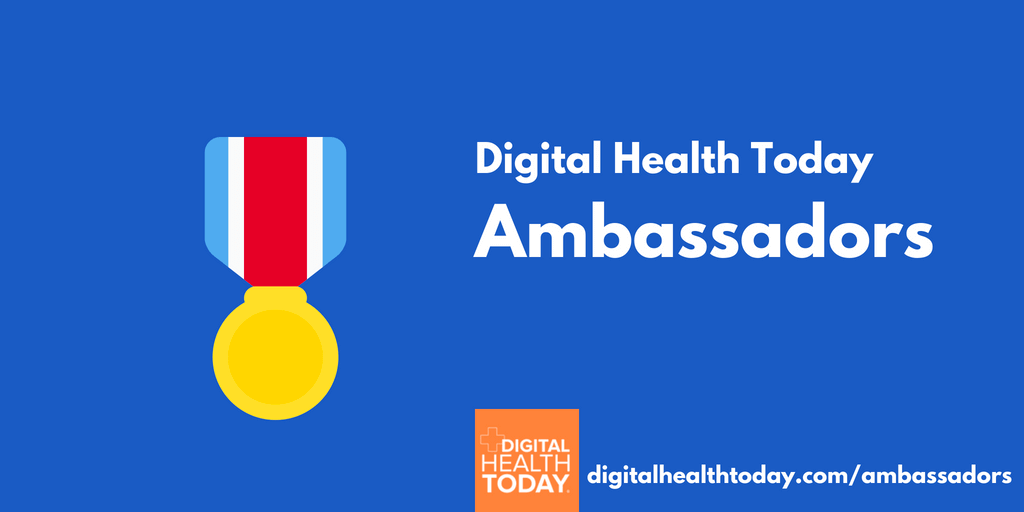Technology is constantly changing the way we live and consume information every day — from our mobile devices to social media. Wearable technology, though, takes this trend to the next level. More specifically, seniors are benefitting from the wearable tech that allows them to live more connected, independent lives. According to Accenture research, 17 percent of Americans 65 or older use wearables to track fitness and other vitals like blood pressure or heart rate. Additionally, 48 percent of Americans in this same age group said they are willing to use wearables to track such habits. The data is clear: seniors are comfortable with technology and its benefits. But technology, specifically wearable technology, can do so much more for seniors than just track heart rate or daily steps. Let’s take a look at how wearables can help seniors live a more independent, healthy lifestyle.
Connected Help
Wearable technology allows seniors to receive assistance with the touch of a button — providing immediate access to daily care or emergency assistance. Additionally, it keeps them connected 24 hours a day, seven days a week, giving peace of mind to caregivers and loved ones. Connecting through cellular technology also enables nationwide coverage, ensuring help is available to them, wherever they go. An elder can gain confidence again when going to the grocery store, for example, or can enjoy an evening walk without the fear of potentially falling with no help available.
Proactive Care
According to a new report from MarketResearch.com, the healthcare Internet of Things market segment is poised to hit $117 billion by 2020. With this growth, actionable information is becoming more and more available through wearable data. This data allows caregivers and families to gain deeper insights and identify trends in a senior’s day-to-day life to offer proactive care options as needed, allowing them to be proactive versus reactive. An example of how this data can play a role is when someone experiences a urinary tract infection (UTI).
Typically, a UTI begins with a 72-hour window of symptoms, such increased trips to the bathroom and experienced pain when walking. If a senior is wearing a wearable device, the data around walking patterns and trips to the bathroom can be collected and recognized as potential early indicators. Caregivers are able to analyze this data and in turn, take preventive measures. $13,000 worth of potential preventive measures, to be exact, since that’s the average dollar amount for UTI hospitalization.
Personalized Health
Wearable technology can focus on a senior’s daily habits to track typical behaviors, too. Analytics has the ability to nudge seniors when to get up and move if they’ve been sitting longer than usual, allowing them to stay on track with their daily healthy habits. In addition, notifications can help with medication and appointment reminders, or follow-ups from caregivers to support care plan success.
Sense of independence
Currently, around one million Americans live in some type of senior living community, and that number is expected to double by the year 2030. With that being said, nearly 90 percent of adults would prefer to age at home. Wearable technology and the features mentioned above allow seniors to extend their independence in the comfort of their own home. If there is a need for a senior living community, wearables play the same role in allowing seniors to manage their own time and needs on a daily basis. Wearable technology is paving the way to improve seniors daily life. With it’s extended features and easy-to-use access, seniors will begin living fuller lives more independently wherever they go.





